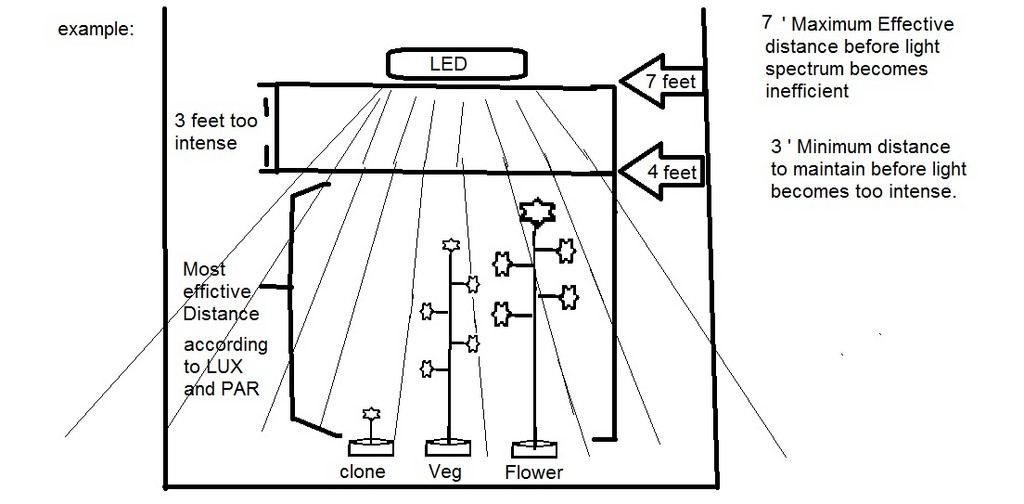dadums
Well-Known Member
There is an LED light that uses a 100 WATT chip (no joke). Garden Dragon High Output LED Lamps -
The penetration on the 100w has got too be ridiculous, and the cooling setup is top notch, uses passive liquid cooling pipes. Looks like they are more of a supplemental lighting solution, since there are only 2 colors to pick from (440nm blue and 660nm red). AND made in USA!
For that $240 I made these 32 3W and don't look right at them.
30" square aluminum tubed with a fan blowing through.








 tomorrows reading sorted
tomorrows reading sorted 